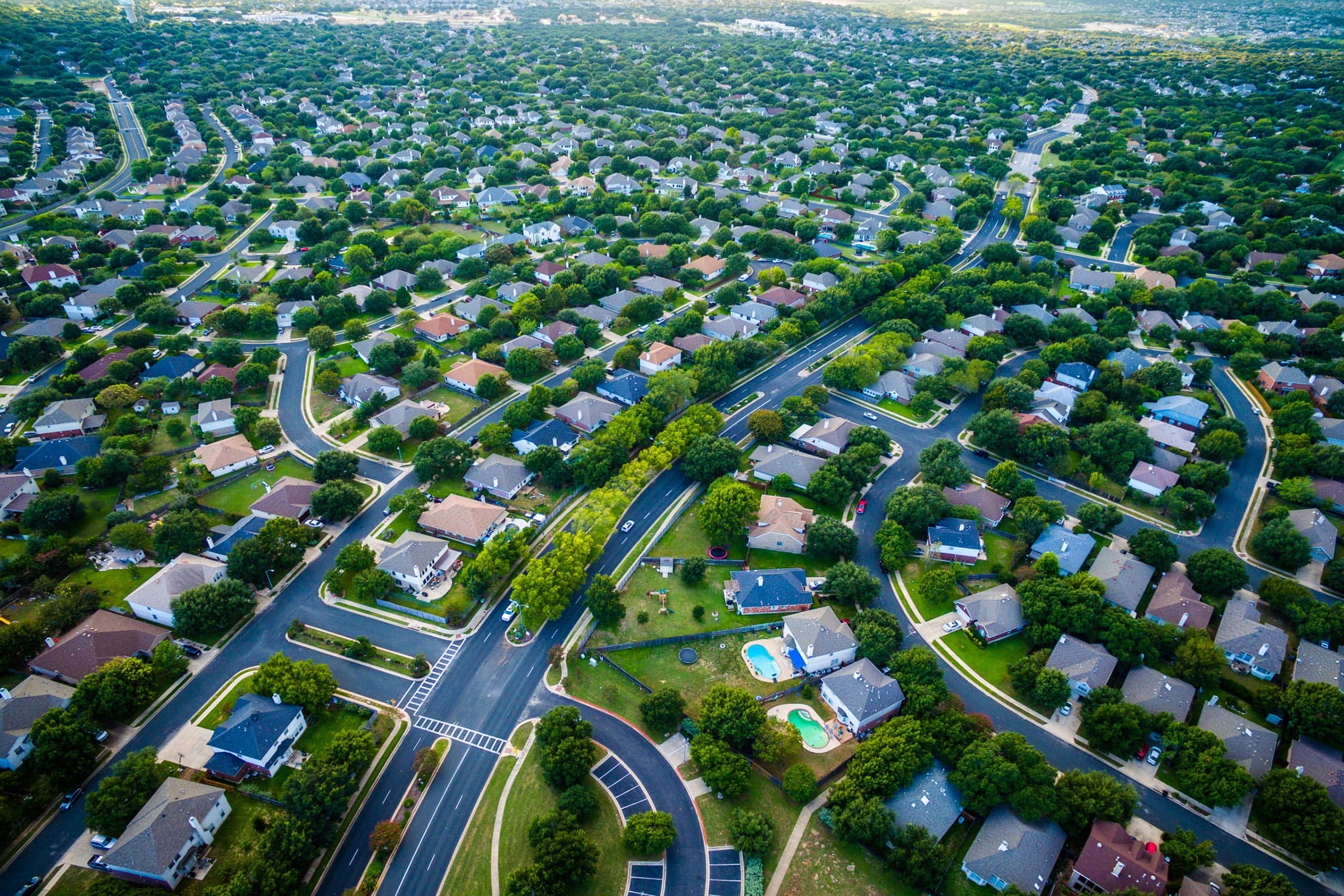Type and hit enter
Why you need maps
The presence of a substantial volume of geographical data within a corporation can be deemed advantageous, albeit its true value remains limited unless it is presented proficiently to critical stakeholders, clients, or the general public.
Maps serve as an optimal means to elucidate organizational solutions and decisions. To this end, proficiency in cartography plays a crucial role. GIS People prides itself on possessing an abundance of such skill sets ranging from feature digitization to producing maps of the highest quality.
Our team’s expertise and passion towards cloud-based mapping products enable us to design customized, informative maps with visually stunning features, adeptly suited for both mobile and web-based platforms.




















Digital & printed maps
Whether you demand an online interactive web-map or a meticulously crafted printed document, our organization can provide a bespoke product that aligns with your precise requirements. Whether you require regular updates on a weekly or monthly basis, or simply require a one-time creation, our adaptable team can customize a solution that caters to your preferences.
We take pride in delivering first-class data digitization services to a vast clientele, including the digitization of tsunami data in Kumamoto and the digitization of rural roads for Hema Maps. Our organization’s proficiency in crafting high-quality, professional maps is also evident in the customized maps we have created for many other clients.
Geocoding & reverse geocoding
Geocoding is the process of converting a physical address (such as a street name, city, and state) into geographic coordinates (such as latitude and longitude). This allows the location to be plotted on a map. Geocoding can be done manually but more commonly it is done automatically using software that matches the address information to a database of known locations.
Reverse geocoding is the process of converting geographic coordinates (such as latitude and longitude) into a physical address (such as a street name, city, and state). It essentially works in the opposite direction of geocoding. Reverse geocoding can be useful for a variety of purposes, such as determining the nearest address to a particular set of coordinates or displaying a user’s current location in a human-readable format.
Georeferencing
Georeferencing is the process of aligning spatial data to real-world coordinates. This is an essential task for organizations that work with spatial data, as it allows them to accurately visualize and analyze data within a geographic context.
Georeferencing involves identifying corresponding points on spatial data and reference data, such as a map or satellite image. These points are used to transform the spatial data into the same coordinate system as the reference data.
At GIS People, we specialize in providing georeferencing services to clients across various industries. Our team of experts uses advanced tools and techniques to ensure that spatial data is accurately aligned to real-world coordinates, enabling our clients to make informed decisions and achieve their business goals.

 After
After
 Before
Before
Mosaicking
Stitching up raster data is a crucial process for organizations that rely on spatial data for decision-making, analysis, and planning. Raster data, which consists of pixels or cells, can be challenging to work with, particularly when dealing with large areas. Mosaicking raster data involves merging multiple raster files into a single, seamless image that covers the entire area of interest.
This process requires specialized software and expertise to ensure that the resulting image is accurate and precise. Our organization specializes in providing raster data mosaicking services to clients across various industries. Our team of experts uses advanced tools and techniques to deliver high-quality, seamless raster images that are fit for purpose.
Reprojection
Reprojection is a critical process in working with spatial data that involves converting data from one coordinate reference system to another.
One example of reprojection is converting spatial data from the GDA94 coordinate reference system to the GDA2020 coordinate reference system. This involves using specialized software and knowledge of coordinate reference systems to ensure that the spatial data remains accurate and precise after the transformation.
The reprojection process is necessary to ensure that spatial data is aligned with current reference systems and can be used effectively for analysis and decision-making.


Data cleanup
Spatial data cleanup is a critical process that involves identifying and correcting errors in spatial data, ensuring that it is reliable and consistent. At our organization, we specialize in providing spatial data cleansing services to clients across industries. Our team of experts has extensive experience working with large datasets and uses advanced tools and techniques for data profiling, cleansing, standardization, and enrichment.
We tailor our services to meet our clients’ needs and provide ongoing support and maintenance. Partnering with us for your spatial data cleanup needs will enable you to make informed decisions and achieve your business goals with confidence.





